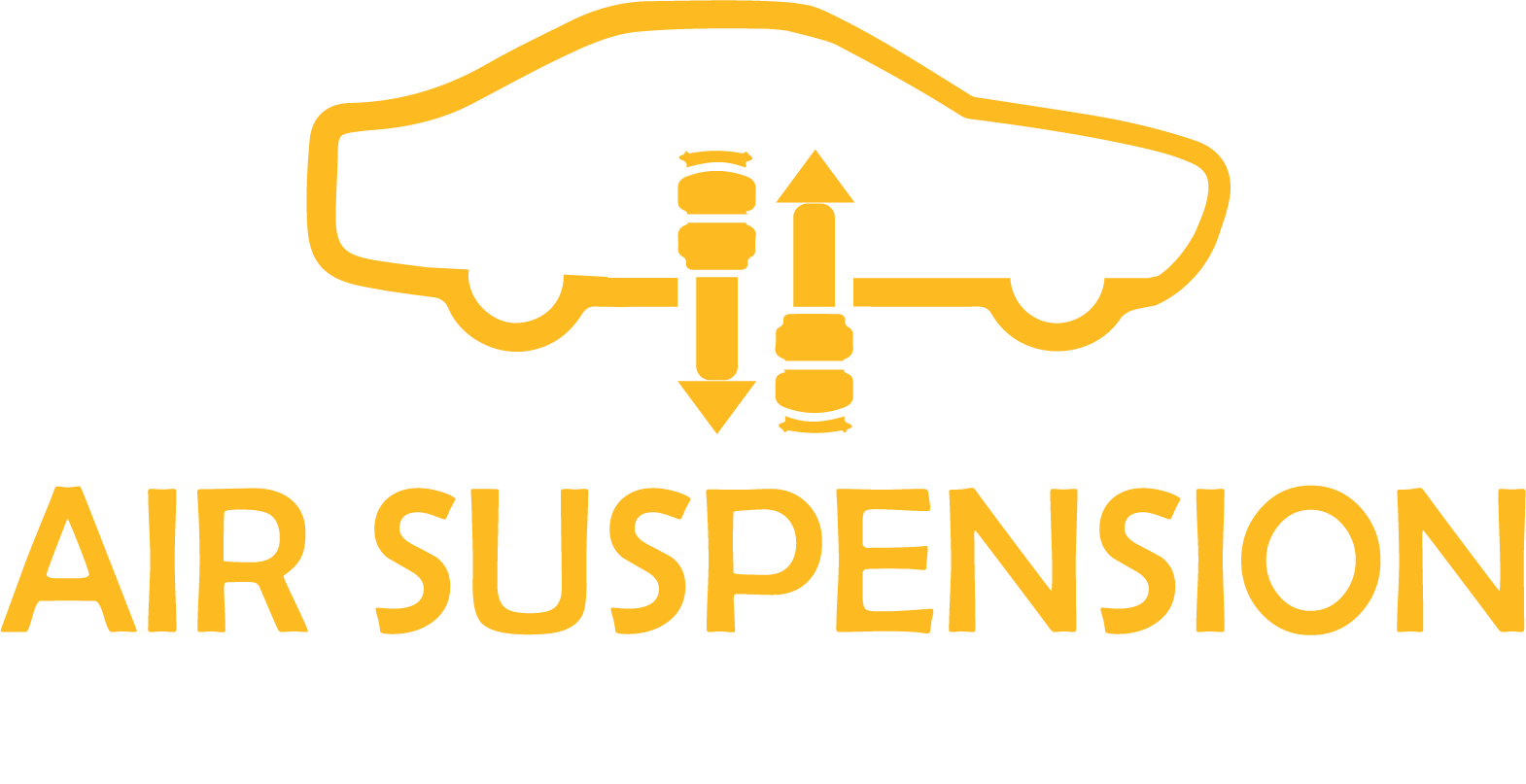Volkswagen & Volvo Air Suspension FAQ – Touareg, XC90, XC60 (UAE Focus)
Air suspension is available in models like the VW Touareg, VW Atlas Cross Sport (limited trims), Volvo XC90, and Volvo XC60 Inscription or R-Design variants.
No, it is an optional feature on higher trims like the Inscription and Recharge T8. Always verify local specs when buying in Dubai or Abu Dhabi.
It improves ride quality, offers automatic leveling for heavy loads, and adjusts ride height for off-roading or loading in the UAE terrain.
Use the center touchscreen in the Volvo XC90 or XC60. Options include Comfort, Off-road, and Entry/Exit heights depending on your trim.
This could be caused by a compressor issue, faulty air spring, low voltage, or failed height sensor. Always scan with VCDS or ODIS for exact codes.
Yes, within reason. The air suspension increases clearance but is not designed for extreme off-roading like Jeep or Land Cruiser systems. Great for sand tracks and wadi trails.
This alert appears when there's a problem with ride height, leveling sensors, or pressure regulation. Compressor failure is also common in UAE heat.
Short distances may be fine, but if the car sags or tilts, it risks undercarriage scraping or tire misalignment. Towing is safer.
Typically 5–6 years, but dust, heat, and poor road surfaces reduce lifespan. Rear air springs and valve blocks are most commonly affected.
Conversion kits exist, especially for older Touareg models. However, this will eliminate adaptive height features and may affect resale or insurance claims.
Signs include a tilted stance, compressor noise, suspension fault messages, rough ride, or the car sagging after parking overnight.
Yes. At highway speeds, the system automatically lowers for improved aerodynamics. You can manually adjust at low speeds in Off-road or Comfort modes.
Technically yes, but it’s not cost-effective. Retrofitting requires ECUs, sensors, and new control modules. It's better to purchase a trim with factory air suspension.
Higher trims come with 4-corner air suspension with independent leveling. Base trims may have coil springs in the front and air in the rear only.
Replacing one air spring costs AED 2,000–3,500. A full system replacement may exceed AED 12,000 depending on the brand and labor.
Inspect annually. Replace compressor filters every 2–3 years. Also check for leaks or sensor issues after 60,000–80,000 km.
Yes. VW owners use OBD11 or VCDS. Volvo owners use VIDA/DiCE. These tools show ride height values, compressor status, and error codes.
This may be due to a leak in one of the air struts or a faulty valve block. It can also be software-triggered for aerodynamic purposes in Volvo models.
Yes. It adjusts damping based on drive mode and road feedback. It reduces body roll and maintains stability when cornering or braking hard.
If overloaded, yes. The system compensates for weight, but excessive trailer tongue load or incorrect hitch setup can cause premature wear.
Keep tires properly inflated, avoid extreme terrain, service filters yearly, and check ride height often. Shaded parking also helps protect sensors.
Yes. Air suspension smooths bumps and adapts to speed or road condition for comfort, especially useful on UAE roads with inconsistent surfacing.
Yes. Updates to the ride control module can improve response time, ride balance, and fix height calibration bugs. Available via dealer tools.
Common codes include C1A36, C1131, and U0416. These indicate pressure leaks, control module errors, or height sensor mismatches.
Yes. Brands like Arnott, Bilstein, and Dunlop are trusted alternatives with warranty. Make sure they’re UAE-compatible and properly fitted.
Not frequently, but after 100,000 km or signs of overheating. Compressor stress increases with leaks or constant level correction.
Yes. Many VW and Volvo models allow you to lock a height mode for towing to maintain consistent balance and trailer control.
Yes. Above certain speeds (typically 90–100 km/h), the vehicle automatically lowers to reduce drag and increase stability.
Every 12 months, especially after suspension work or if you notice uneven stance. Harsh UAE conditions can affect sensor reliability.
Yes. Using tools like VCDS, OBD11, or VIDA, ride height calibration can be adjusted manually — but it may void warranty if misused.



